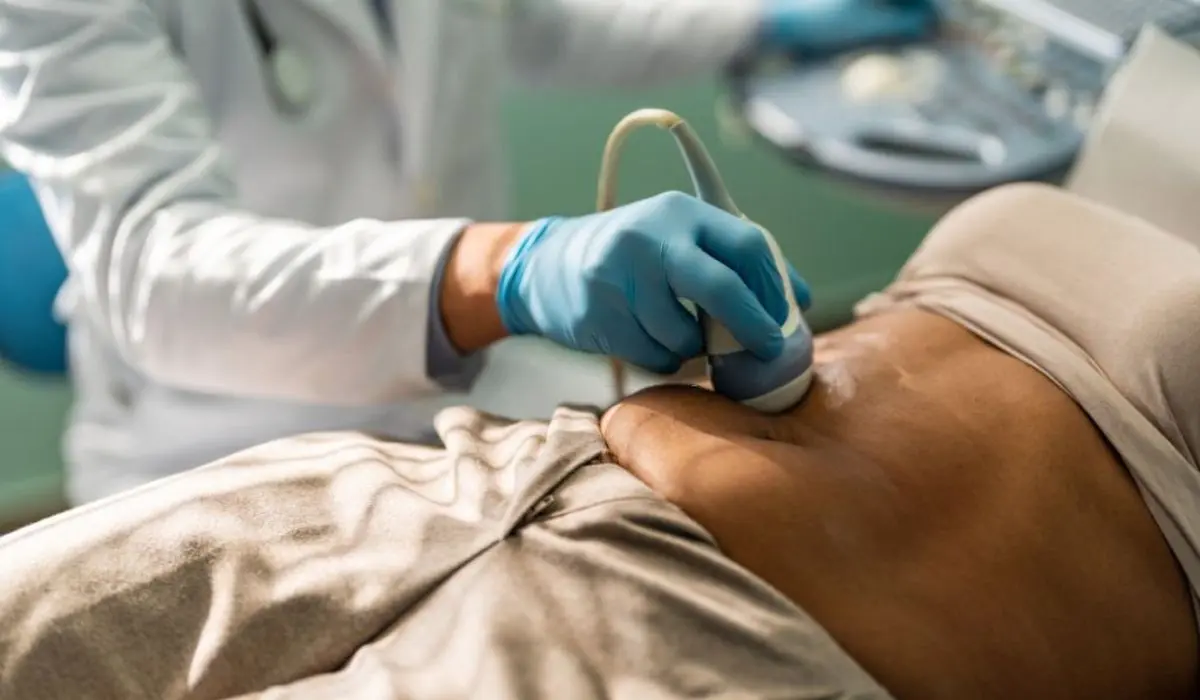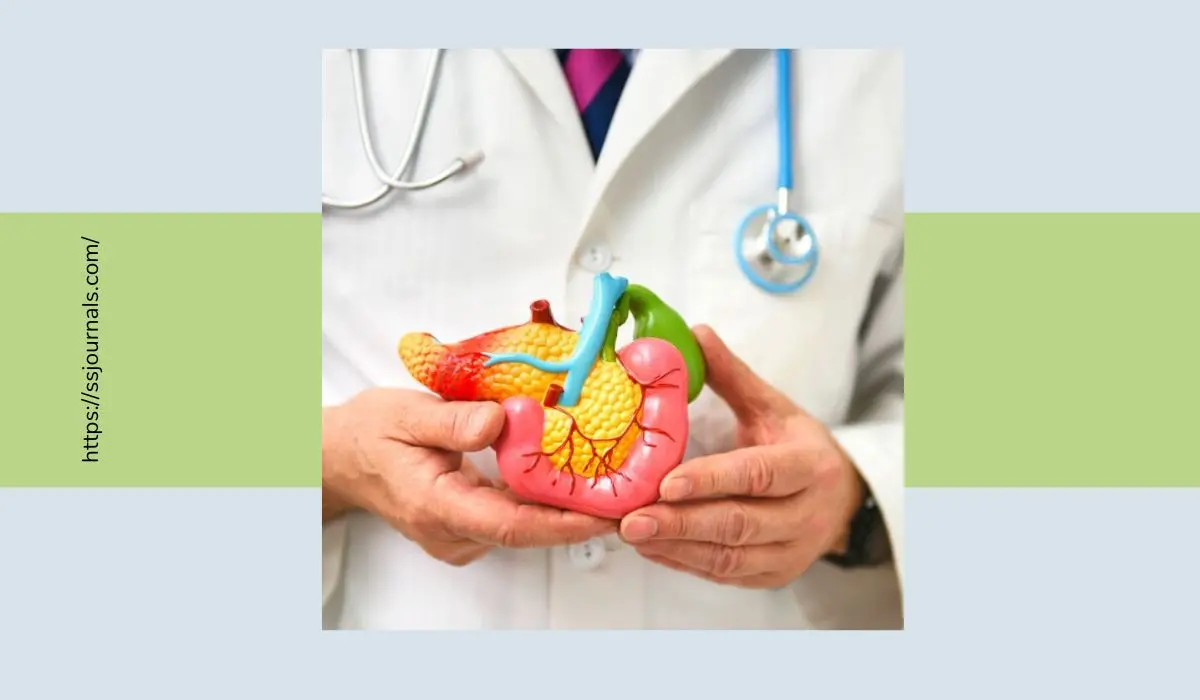Pancreatic cancer is one of the deadliest forms of cancer and the 4th leading cause of cancer deaths. While more prevalent in men, this disease still poses a significant threat to women’s health.
Understanding the specific symptoms, risk factors, and treatment options for pancreatic cancer in women is crucial for improving early detection and survival rates.
What Is Pancreatic Cancer?
Pancreatic cancer arises when malignant tumors form in the tissues of the pancreas – an organ located behind the stomach that produces enzymes for digestion and hormones like insulin to regulate blood sugar.

Tumor growth often starts in the pancreatic ducts and invades surrounding tissues. The exocrine cells are usually where adenocarcinoma pancreatic cancer originates.
How Common Is Pancreatic Cancer In Women?
Pancreatic cancer accounts for around 3% of all cancers in women. An estimated 19,800 women are diagnosed in the U.S. annually. Incidence has been slowly rising over the past decade.
The lifetime risk is approximately 1 in 63 for women. Age is an important factor, as over two-thirds of diagnoses occur in those 65 and older.
What Are The Symptoms Of Pancreatic Cancer In Women?
Here are the most common symptoms of pancreatic cancer that can manifest in women:
▪️ Jaundice
Yellowing of the skin and whites of the eyes caused by a buildup of bilirubin from blocked bile ducts.
▪️ Abdominal pain
Typically a dull ache is located in the upper abdomen that can radiate to the back. Pain may worsen after eating.
▪️ Unexplained weight loss
Loss of appetite and unintentional weight loss from cancer metabolizing muscle mass and fat.
▪️ Loss of appetite
Feeling full quickly, nausea, vomiting, and abdominal bloating after eating small amounts.
▪️ New onset diabetes
Damage to insulin-producing cells can cause diabetes in someone with no family history.
▪️ Blood clots
Hypercoagulation leads to an increased risk of blood clots in veins.
▪️ Fatigue and weakness
Resulting from nutrition depletion, low blood counts, and cachexia.
▪️ Light-colored stools
Blocked bile ducts prevent bile release causing pale stools.
▪️ Itchy skin –
Result of accumulated bilirubin deposited in tissues.
▪️ Depression
Resulting from dealing with a cancer diagnosis.
Symptoms often only manifest once the cancer has advanced, contributing to the poor prognosis.
What Are The Possible Causes Of Pancreatic Cancer In Women?
The exact causes of pancreatic cancer are unknown but these factors are associated with increased risk:
Age – Risk increases substantially after age 55. Most cases occur in those 65-74 years old.
Smoking – Cigarette smoking accounts for 20-30% of pancreatic cancer diagnoses.
Obesity – Being overweight is linked to poorer outcomes. Excess fat may raise inflammation.
Diabetes – Long-standing type 2 diabetes is associated with increased risk.
A diet high in red/processed meats – These foods may promote tumor growth.
Chronic pancreatitis – Long-term pancreatic inflammation is a risk factor.
Family history – Having close relatives with pancreatic or breast cancer increases the risk.
Inherited genetic mutations – In genes like BRCA2, BRCA1, Lynch syndrome, and others.
Chemical exposures – Pesticides, dyes, and petroleum products may have a link.
Cirrhosis of the liver– Liver damage is associated with increased incidence.
Helicobacter pylori infection – This bacteria may promote inflammation.
Treatment Options for Pancreatic Cancer in Women
When detected early enough, surgery to remove the tumor can be curative. But only about 20% of patients qualify for resection. Other treatments include:
– Chemotherapy – Gemcitabine and paclitaxel are common medications used.
– Radiation – Used before or after surgery depending on staging.
– Ablation/Embolization – Destroying tumors by freezing or blocking the blood supply.
– Clinical trials – Testing innovative immunotherapies and targeted drugs.
– Palliative care – Managing pain and nutrition challenges to improve quality of life.
Only around 9% of patients survive 5 years post-diagnosis, highlighting the importance of early detection and multimodal treatment approaches.
Conclusion
Pancreatic cancer has a high mortality rate and poor prognosis when found in later stages. While the causes are not fully understood, limiting modifiable risk factors like smoking can help prevent some cases.
Being alert to potential symptoms and consulting a doctor promptly if they arise enables detecting tumors earlier when treatment is most effective. Continued research to improve detection and therapy offers hope.
FAQs
Symptoms do not differ between genders but may be dismissed as other conditions women experience like IBS or ovarian cysts.
Unexplained jaundice, abdominal pain radiating to back, weight loss, nausea, diarrhea, new-onset diabetes.
Imaging scans like CT, MRI, PET, and ultrasounds paired with blood tests for tumor markers to identify tumors. Biopsy confirms.
Older age, smoking, obesity, diabetes, chronic pancreatitis, high meat/fat diet, family history of pancreatic/breast cancer.
Pancreatic adenocarcinoma accounts for 85% of cases. Less common are neuroendocrine tumors, lymphomas, cystic tumors.

